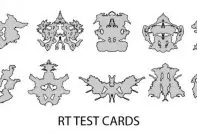Thematic Apperception Test (TAT) is only meant to be administered in an interpersonal setting. The test consists of 20 different cards containing ambiguous pictures, which are presented to the subject.
Here are some of the key notes that will help you to understand the procedure better as you continue on this article.
| Key note | Description |
|---|---|
| M | Males |
| F | Females |
| B | Boys |
| G | Girls |
| BM | Boys/Males |
| GF | Girls/Females |
The cards are provided to the subjects in following sequence.
| Category | Sequence |
|---|---|
| For the group of both males and females | 1, 2, 3BM, 4, 6BM, 7GF, 8BM, 9GF, 10, 13MF |
| For the group of males | 1, 2, 3BM, 4, 6BM, 7BM, 11, 12M, 13MF |
| For the group of females | 1, 2, 3, 3BM, 4, 6GF, 7GF, 9GF, 11, 13GF |
Keiser and Prather specified Murray’s most frequent cards in 1990, which were: 1, 2, 3BM, 3GF, 4, 5, 6BM, 6GF, 8BM and 8 GF.
Conditions
- The subject should be seated right beside the examiner with his or her chair turned away.
- Time should be measured from the moment when the first picture is presented to the time before the next picture is given.
Instructions
Each picture should be shown one at a time, and the subjects are then asked to depict a story from the pictures in the card. Total time duration assigned for 10 pictures is 50 minutes.
Condition for the Story (Compulsory)
It’s a must for the story to describe
- Present Situation
- Thoughts and feelings of the character(s)
- Preceding events: the events that led up to the story.
- Final Outcome
Recording Procedure
- Complete responses presented by a subject should be recorded.
- Along with behavioral observations: stuttering, voice tone, body posture, hand movements, exclamation, and so on.
- Practitioner should engage in questioning and inquiry to produce a continuous flow of the subject’s fantasy.
- The cards should be administered in the sequence they were presented to the subject.
Henry A. Murray also developed scoring technique, and categorized it as following five aspects of the stories.
- The Hero: Scoring for the hero involves identifying the protagonist in the story.
- Need for the Hero: It was important for Murray to identify the motives, needs and desire of the hero.
- Identifying the presses: Environmental factors that influence with the needs or actions of the hero are regarded as presses.
- Scoring for Themes: This involves evaluating the nature of interplay and conflict between the presses and the needs. Emotion elicited by conflict and the way in which conflict is resolved is assessed.
- Scoring for Outcome: Major scoring for outcome is done on whether or not the story has a happy ending. Also, the impact on the outcome influenced by the strengths of hero and presses is assessed.
Thematic Apperception Test (TAT) Pictures
Picture 1: A boy looking at the violin.
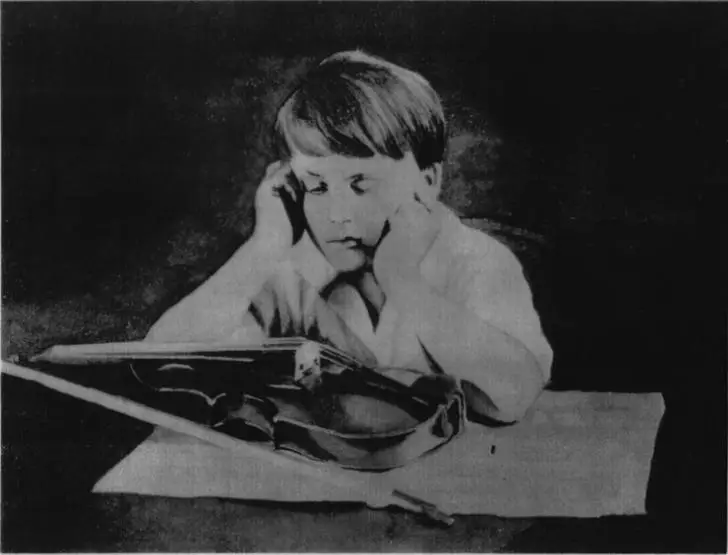
Observation: This card yields out information regarding ones ability to concentrate and achieve higher competence. Stories about the boy’s dislike to learning violin is also often portrayed. This could reveal information about the subjects’ own past about having been forced to learn or do activities they didn’t enjoy.
Picture 2: A woman holding a book in a country scene watching a man working in a field in the background.
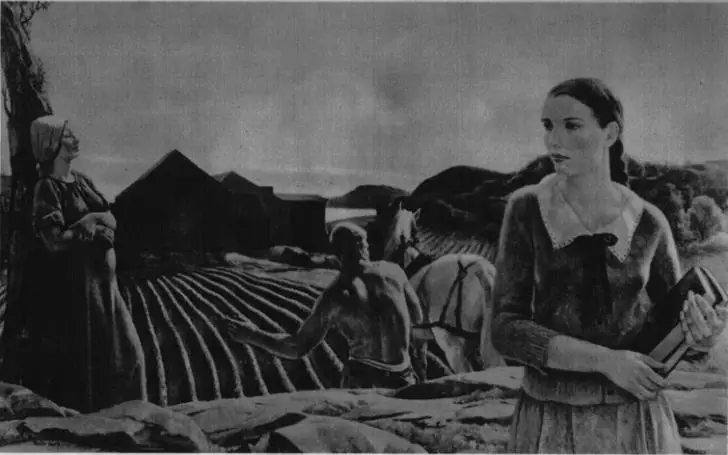
Observation: The card represents a group scene and deals with the individual challenge of living together with other people.This is the only card in the series that does so.
Picture 3BM: A boy huddled next to a couch with an ambiguous object placed next to him, possibly a revolver or a set of keys.
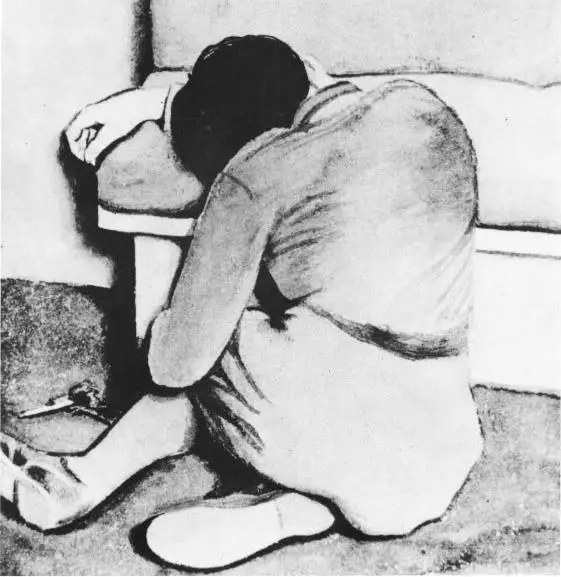
Observation: This is considered to be one of the most important pictures, especially for depressed patients, as it deals with themes of aggression, impulsive control, guilt and depression.
For instance, If a patient describes the ambiguous object as a gun, it’s highly likely that the person might harm oneself (Intra-aggression) or another person (Extra-Aggression).
Picture 3GF: A woman standing next to an open door holding a side of the door with one hand and other hand covering her downcast face.
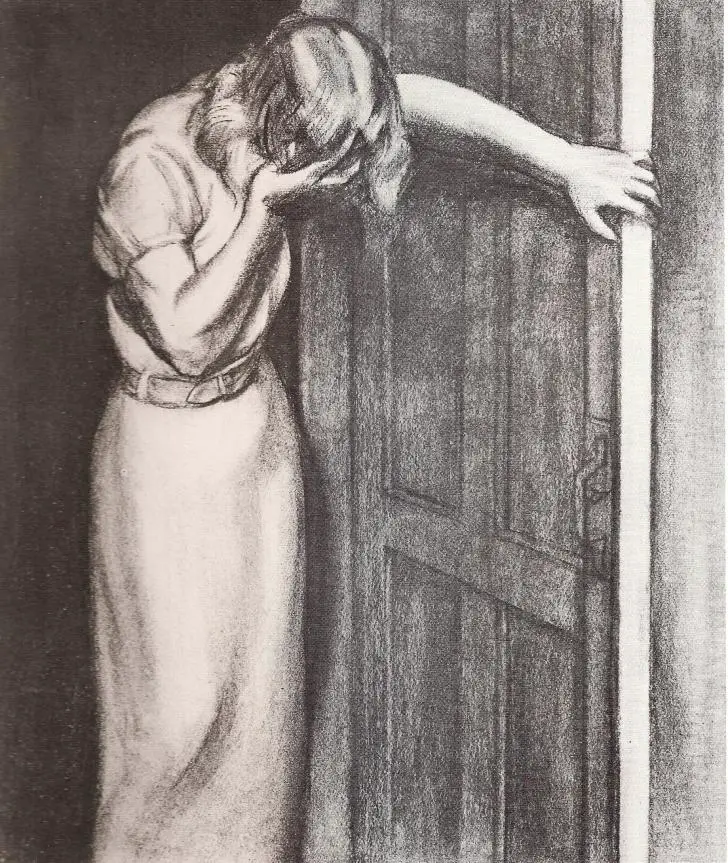
Observation: This image is quite similar to the Picture 3BM, and targets the depressive feelings of a subject, although 3BM brings out richer stories and can be used on both males and females.
Picture 4: A man turning away from a woman who is grabbing his shoulders.
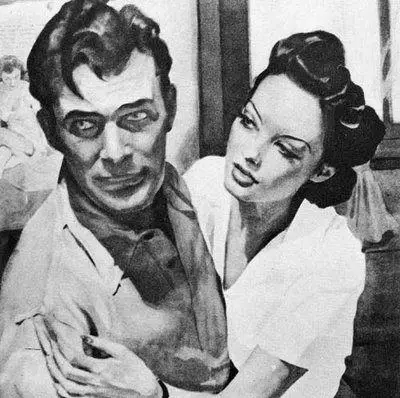
Observation: This card yields out information regarding ones feelings and attitudes towards man-woman relationship. Also, themes of infidelity and betrayal, and the altitudes of male towards the role of women may be analyzed from the story.
Picture 5: A woman looking into a room from the door.
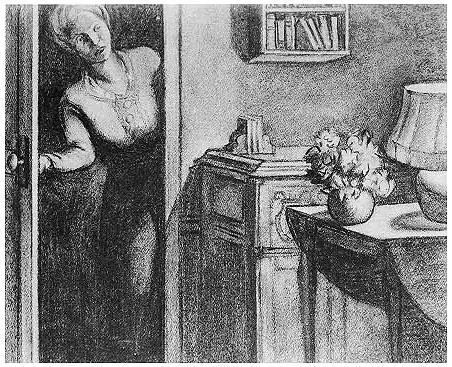
Observation: This card gives out information about the surrounding attitudes of the subject, a mother in a role of observing and judging behavior, or paranoia caused by the fear of attack or intruders. It’s important to understand the way in which woman is portrayed in the story.
Picture 6BM: A man is holding onto is hat with his face down, and an elderly woman is standing beside him parallel to a window.
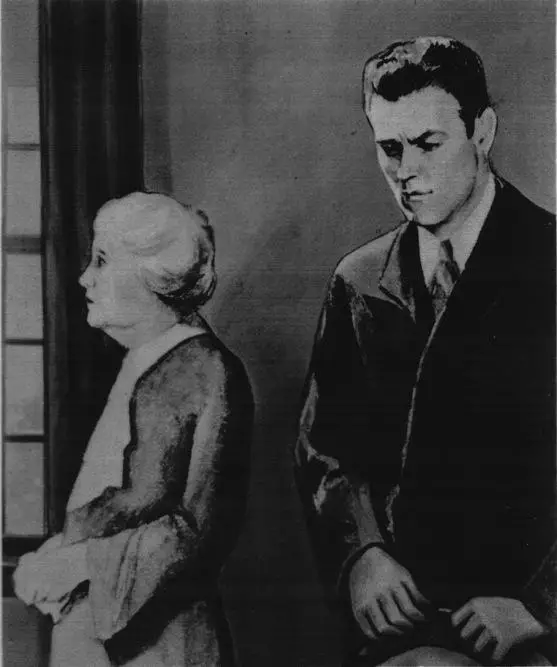
Observation: It’s an important picture used in testing males regarding their feelings and attitudes toward their mother or maternal figures in their life. Frequently, stories have been seen to produce a young man struggling and seeking independence. It’s important to note the manner in which the subject portrays the struggle.
Picture 6GF: An older man with a pipe in his mouth is talking to a younger woman sitting on a couch, who is looking back at him.
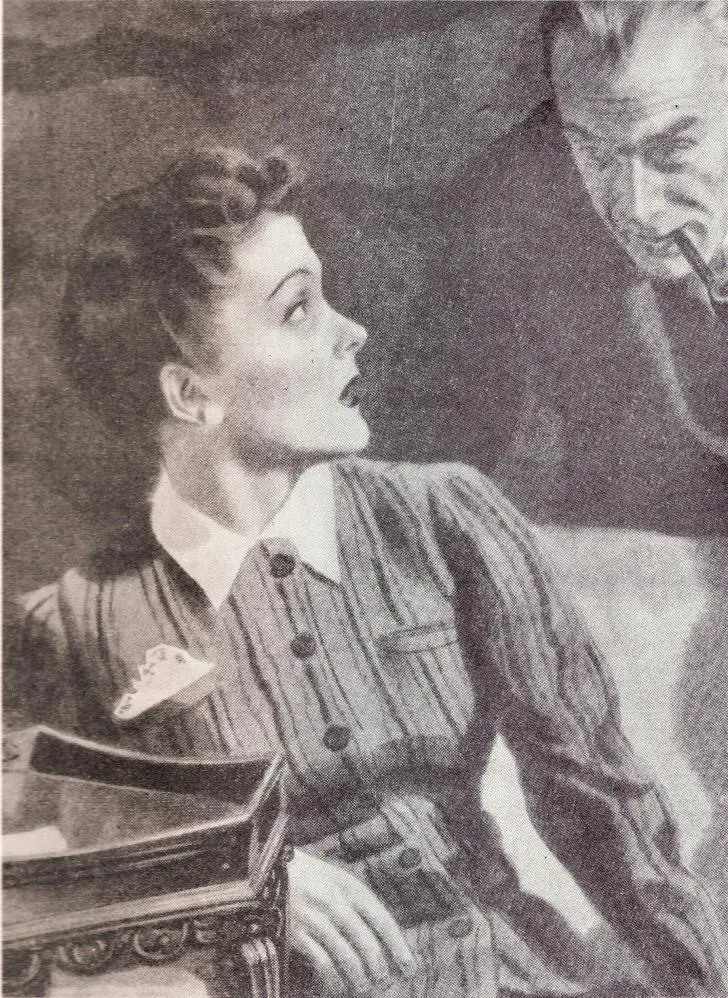
Observation: Although this card was initially developed to be a counterpart to Picture 6BM, it fails to do so as man and woman in the picture are often viewed as of same age.When father and daughter relationship is not established, stories tend to take an approach of heterosexual relationship.
Picture 7BM: A younger man looking into space (nothing) and an older man looking at him.
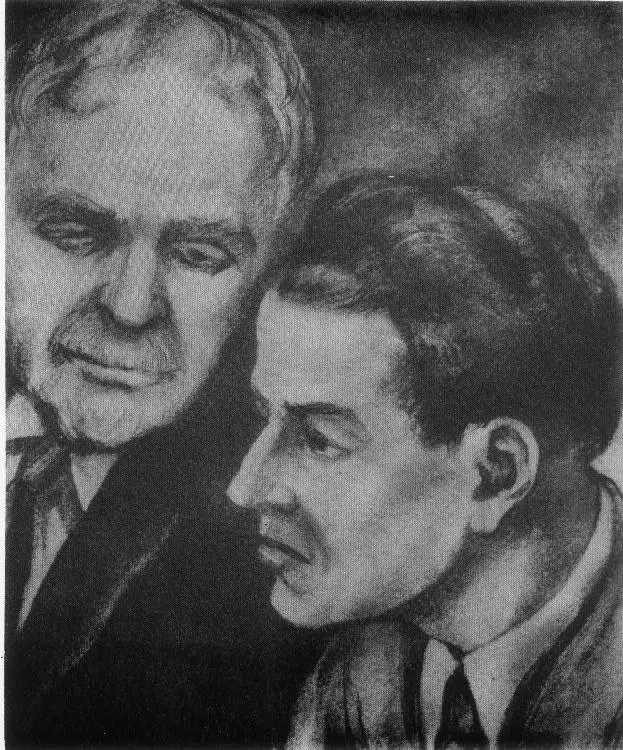
Observation: This card discusses about a person’s attitudes and feelings towards authority figures.
Picture 7GF: A young girl is sitting on a couch with a doll in her hands, and an older woman sitting behind her is reading to her from a book.
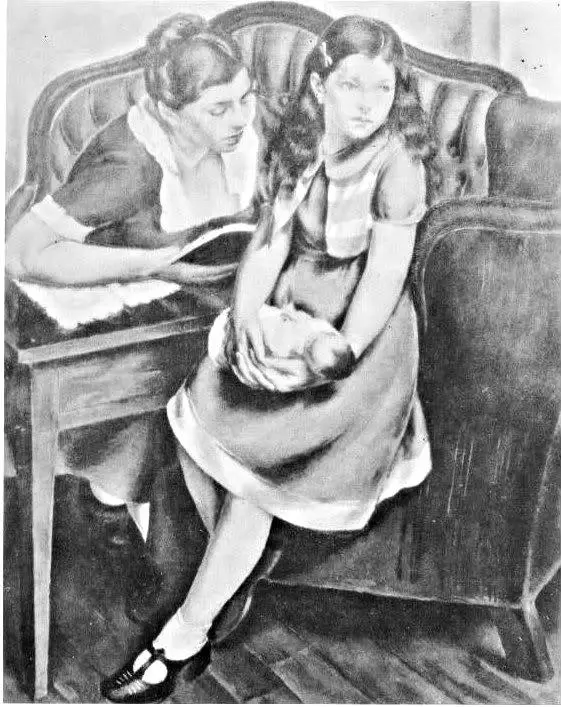
Observation: The intention of the cards is to bring out mother-child interaction. The picture is also perceived as both figures rejecting each other since both of them are looking away from each other. Also, it can also be portrayed as a mother telling a fairy tale to her child.
Picture 8BM: The foreground shows a young boy looking out of the picture. The background shows two men performing operation on a patient.
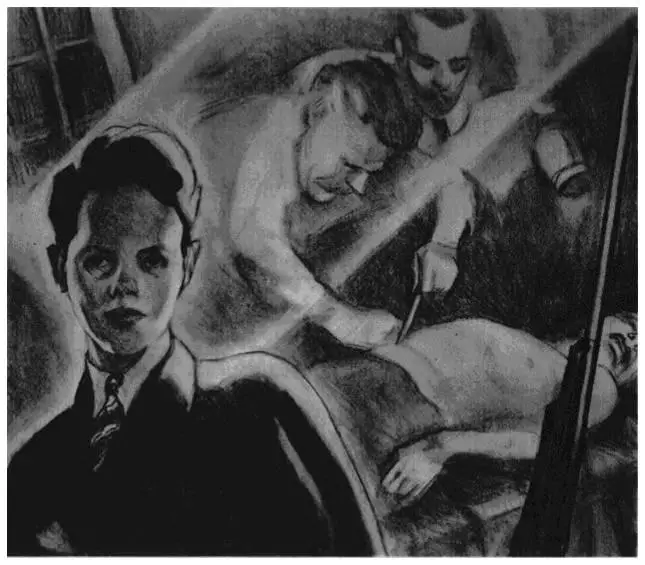
Observation: The picture can be portrayed as a young man’s mental conflicts and the attitudes of characters in the story toward the older man performing surgery.
Picture 8GF: A woman sitting on a chair with her chin resting in her hand. She is peering into space.
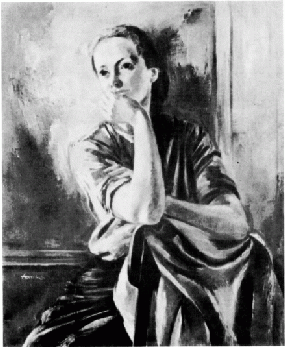
Observation: This is one of the pictures harder to generalize about, and usually produce stories of contemplative nature.
Picture 9BM: Four men lying in a field against one another.
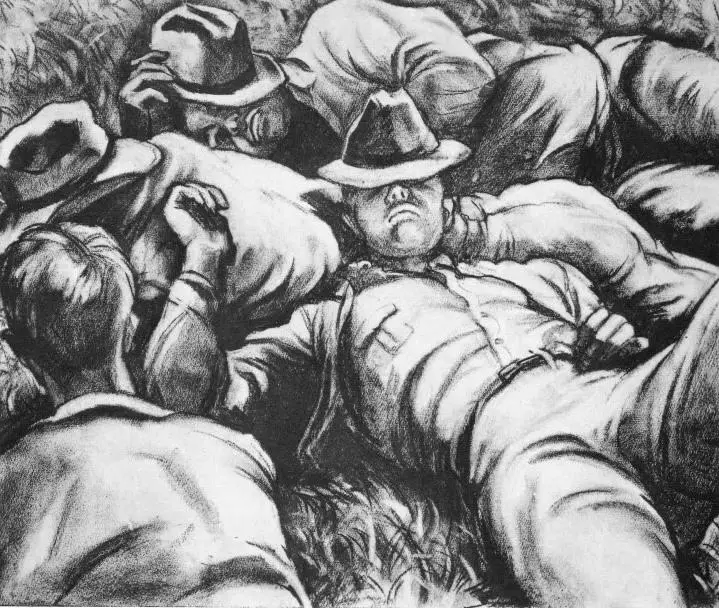
Observation: The stories about the picture usually gives out attitude of the subject towards the members of the same sex. Also, social prejudice can be identified, particularly when the subject describes the men in the picture as homeless and workless.
Picture 9GF: A woman standing behind a tree looking at another woman, who seems to be running on a beach.
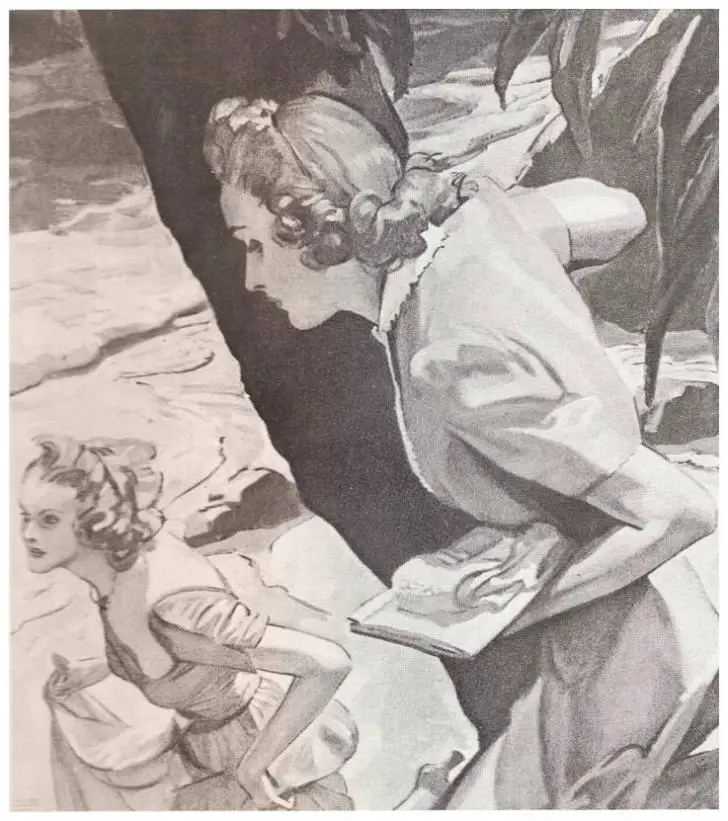
Observation: This card was intended to bring out female peer relations, and elaboration on the issues such as sibling rivalry, jealousy and so on. Paranoia can also be depicted here, as the woman on the foreground is standing behind a try.
Picture 10: A person is rest his/her on the shoulder of another person. Gender is unidentified.
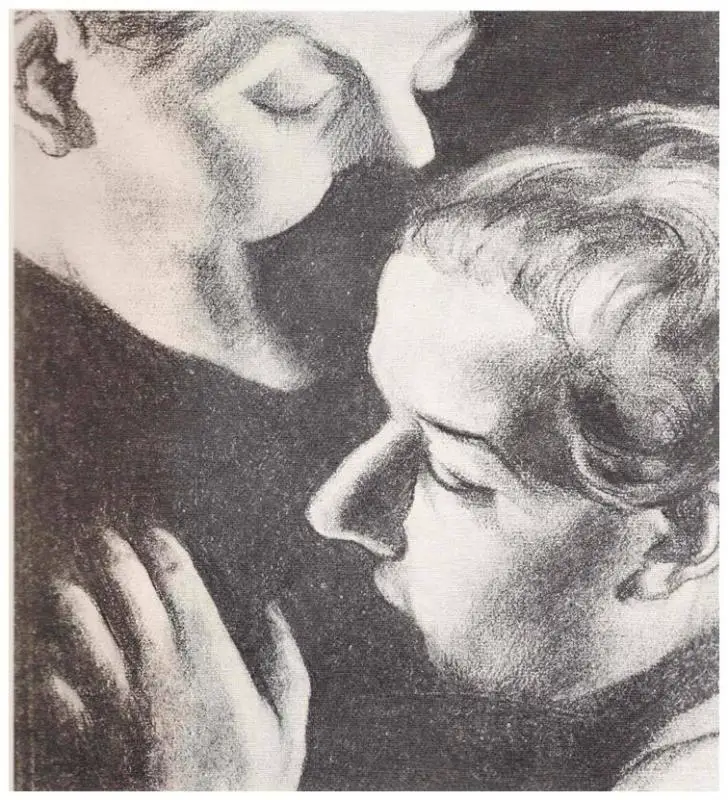
Observation: This picture gives out information about man-woman relationship regarding closeness and intimacy. The manner of comfort or discomfort displayed by the person indicates his/her attitudes towards the subject matter.
Picture 11: Multiple figures are traveling toward a bridge on a road in a chasm. There seems to be a dragon above them against the side of a cliff.
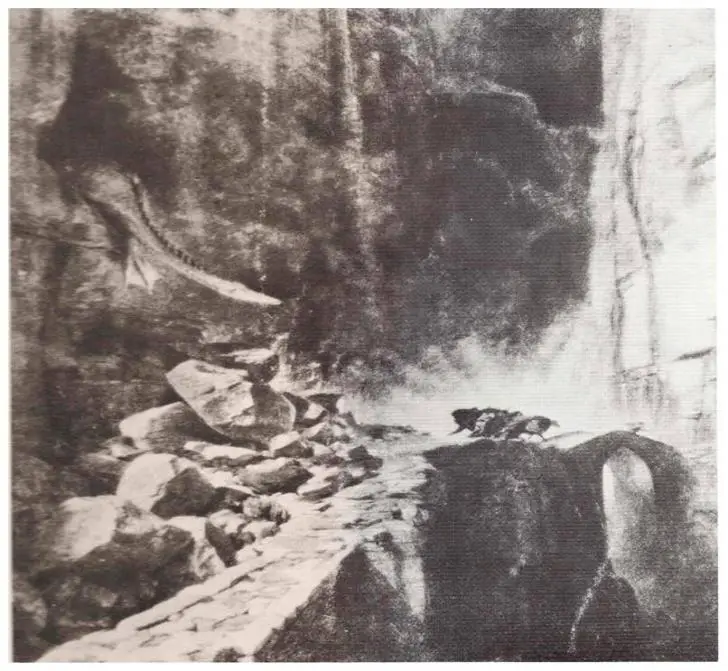
Observation: This is a vague image, so it acts as a good test for imaginative abilities and assessing the skills involved in integration irregular nad poorly refined stimuli.
Picture 12M: A boy is lying on a bed, eyes closed, and a man is standing above the boy with his hand raised.
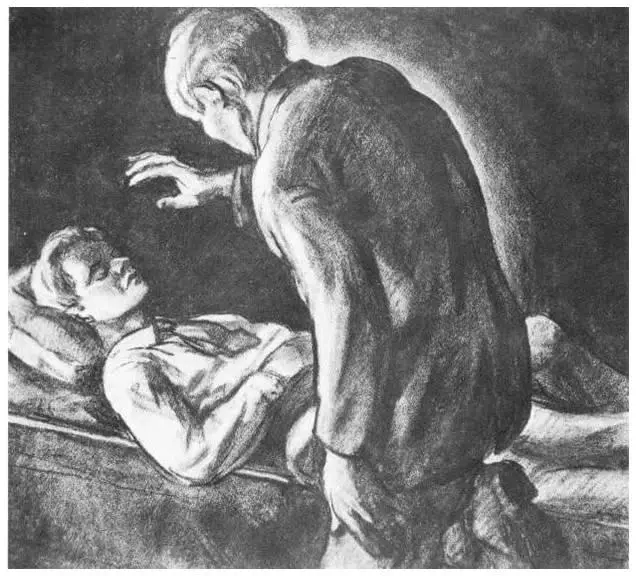
Observation: The picture often indicates a story between an older man and a younger one, quite often as a therapist and a client. Subjects have been known to depict their attitudes toward some external controlling forces. It’s important to note how the older man is portrayed.
Picture 12F: A young woman at the front and an older woman holding her chin at the background.
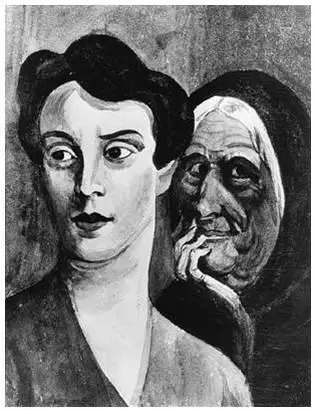
Observation: The background figure is often seen as a woman with evil qualities (mother-in-law for instance. Negative qualities are often feelings and attitudes towards her own mother.
Picture 12BG: There is a tree and a rowboat next to it in a country setting with no presence of a human being.
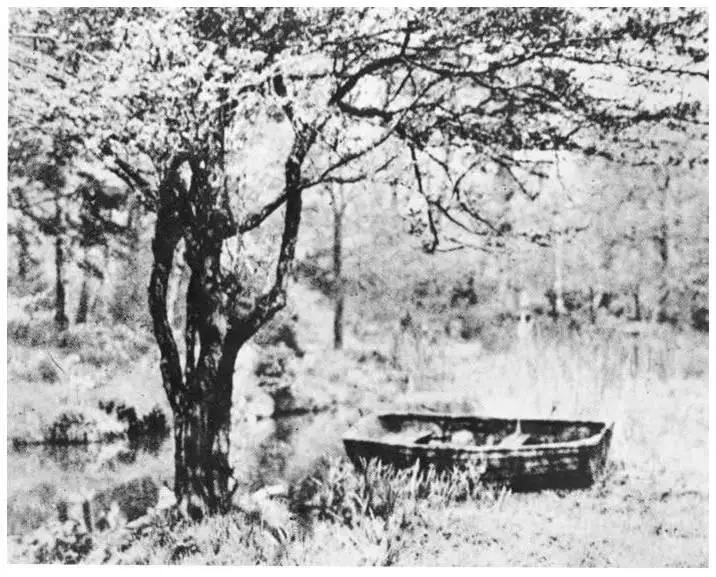
Observation: Depressed or suicidal subjects are more likely to depict stories of isolation and abandonment, whereas stable subjects are likely to portray stories of being at peace in the woods and fishing or just boating.
Picture 13MF: A woman is lying on the bed in the background and a man is standing in front of her with his head in his arms.
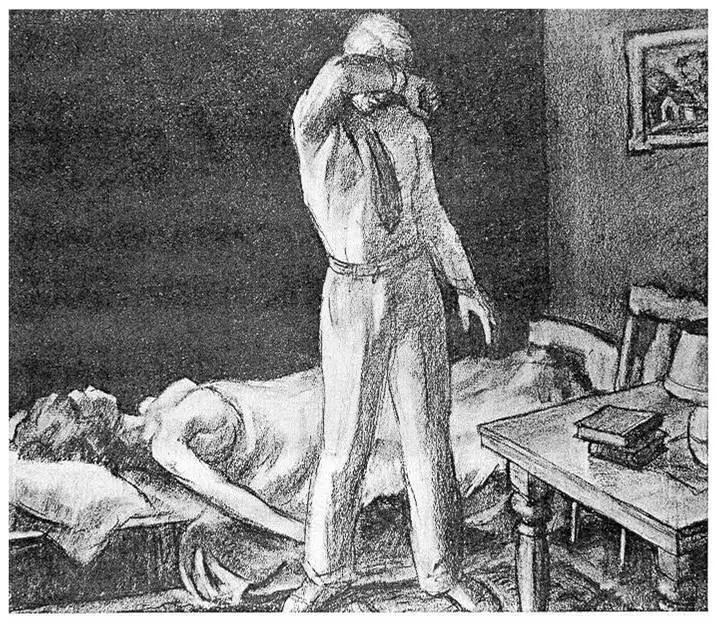
Observation: Subject’s sexual and aggressive feelings is portrayed with this picture. This could also lead to information about sexual conflicts and feelings towards the partner after or before intercourse. People with OCD often spend great amount of time on the picture because of the large of number of details present in it.
Picture 13B: A boy sitting in the doorway of a log cabin.
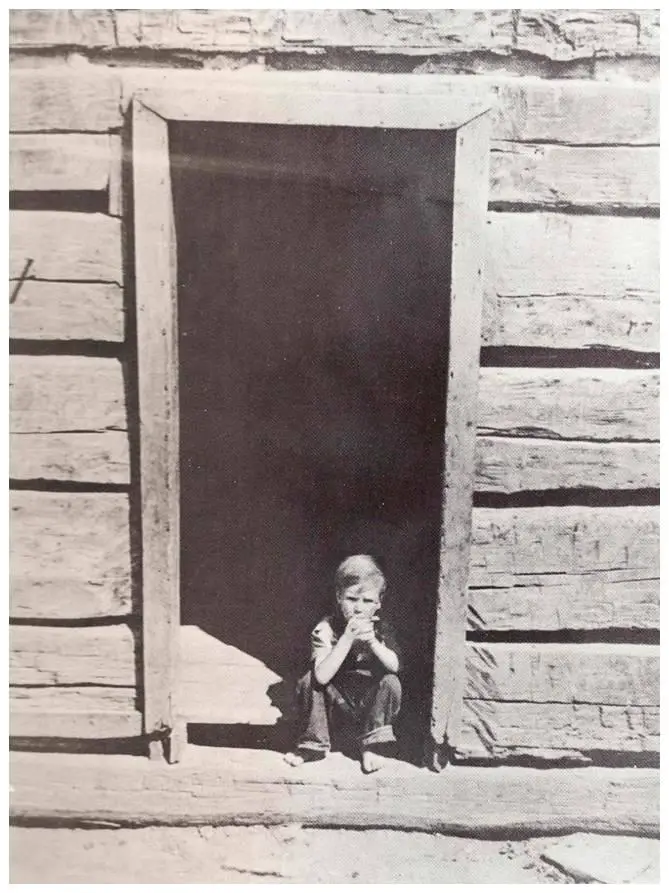
Observation: Both adults and children may show feelings of introspection or loneliness. Adults mostly relate the picture with their childhood memories.
Picture 13G: There is a flight of stairs and a girl climbing on it.
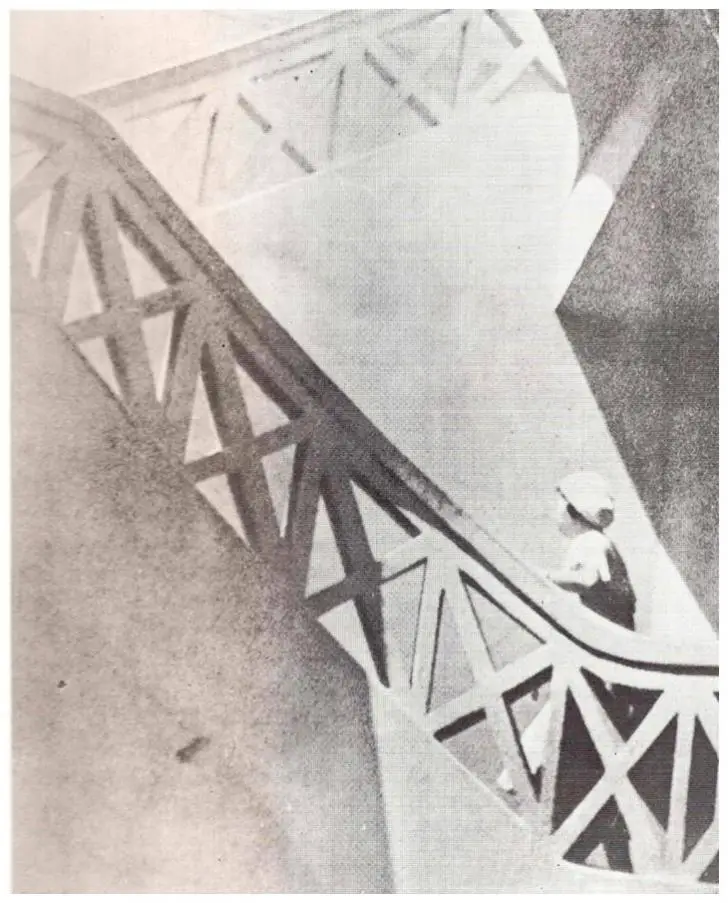
Observation: Varied stories are presented from the card, but lacking in richness and details. The card is unique in the manner because of the lack of any specialty. This too can depict loneliness and introspection.
Picture 14: A person is silhouetted against a window.
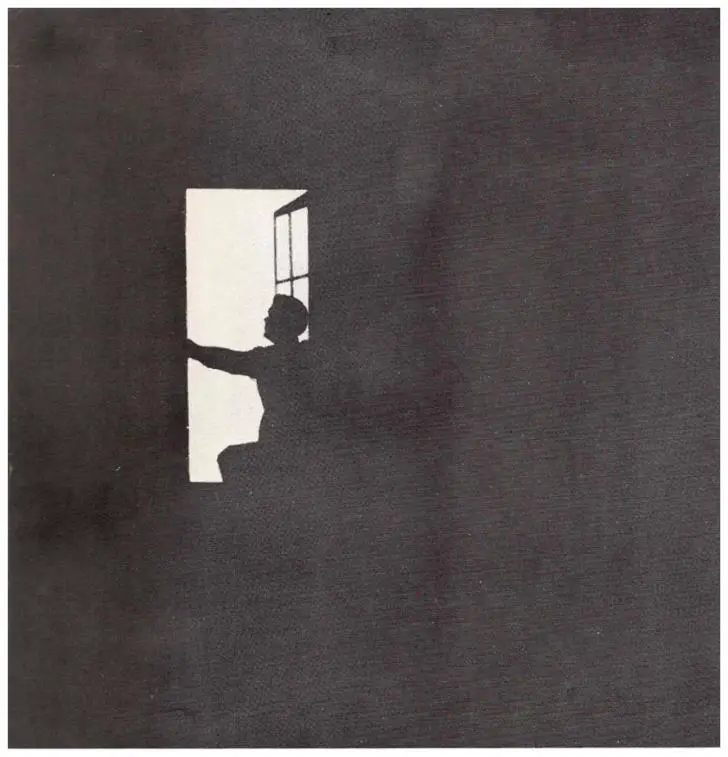
Observation: This card leads the subject to telling the stories about the motives and situations that lead to the path of self-destructive behavior. Also, another aspect the picture could indicate is the personal philosophical beliefs and interests.
Picture 15: A man is standing with his hands clasped together. There are tombstones everywhere.
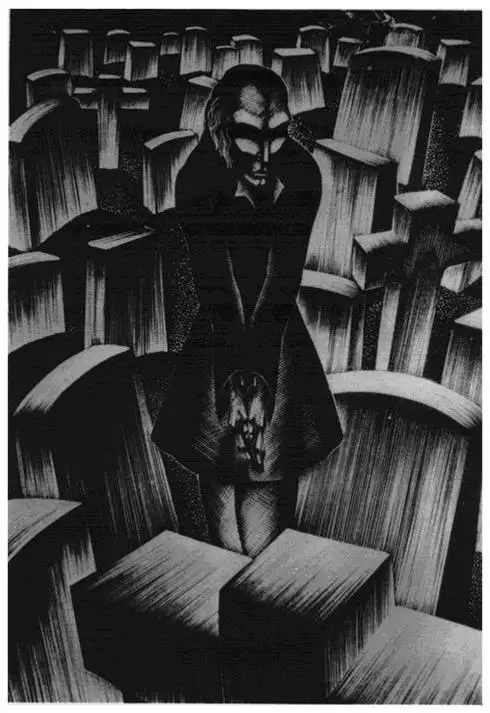
Observation: This card leads the subject to tell the story about death and reveals information about his/her attitude towards death and the process of dying. The story could be aggressive, violent or calm and quiet, depending on the subject. Another possibility is the display of anger towards the dead person because of the feelings of abandonment.
Picture 16: Blank card

Observation: The subject imagines a picture and tells a story, which could be sad, happy, optimistic, creative, and so on.
Picture 17BM: A naked man climbing down or up a rope.
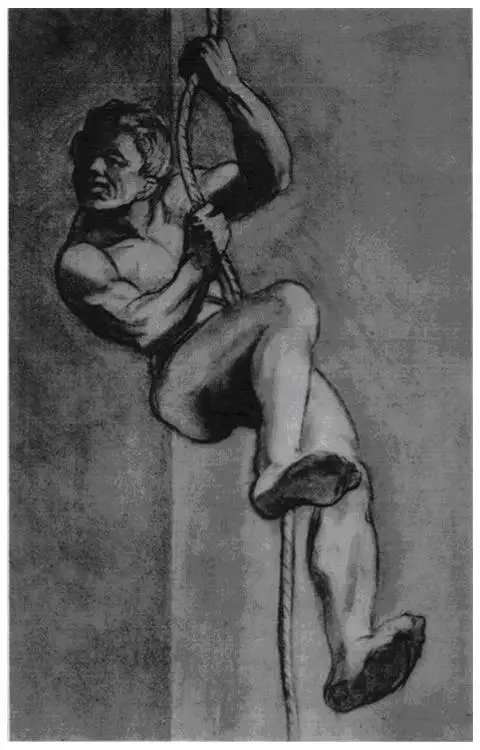
Observation: Attitudes regarding the subject’s personal body images are seen in the story. Themes of narcissism, achievement, prowess, homosexuality may be observed.
Picture 17GF: The sun is shining from between the clouds with a building over the bridge. A woman is standing on the bridge looking at the water.
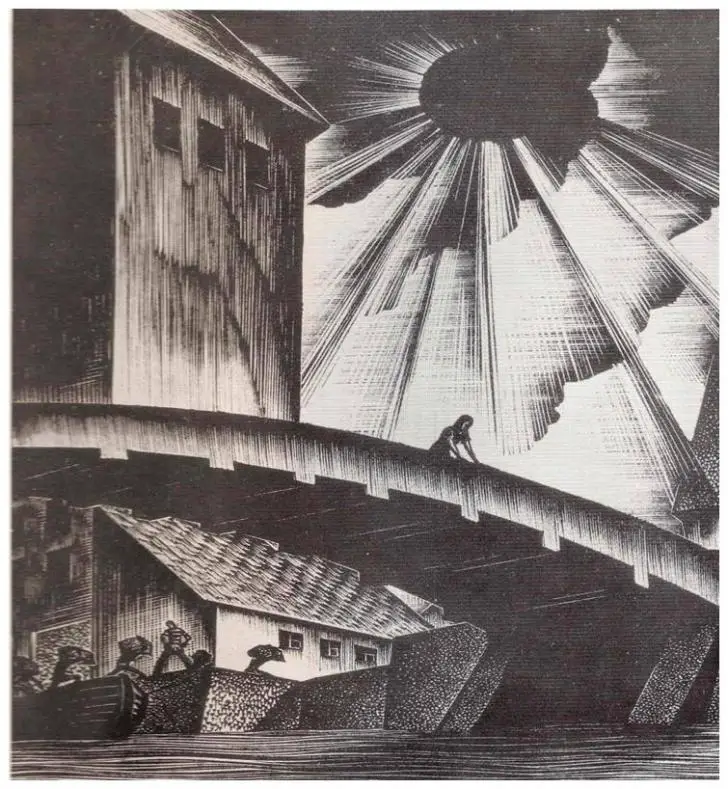
Observation: The story related to the card reveals attitudes or feelings toward the impending arrival or recent separation with a loved one. This card is also effective in case of suicidal patients.
Picture 18B: Three hands are grabbing a man dressed in a long coat.
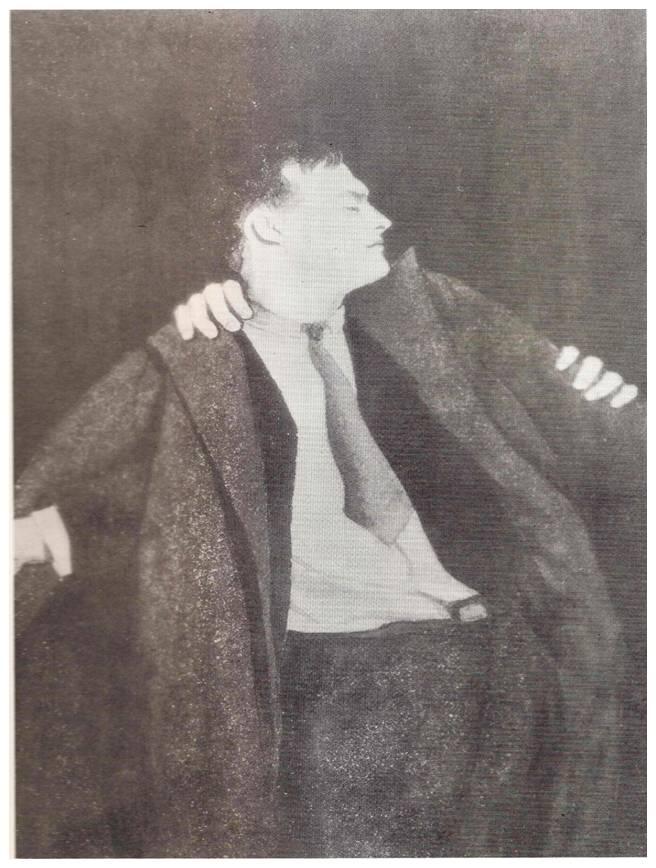
Observation: Individual forces are attacking, so, this could show the presence of anxiety. The manner in which the subject handles her own anxiety is important and should be noted.
Picture 18GF: Just below the flight of stairs, a woman is grasping the throat of another woman.
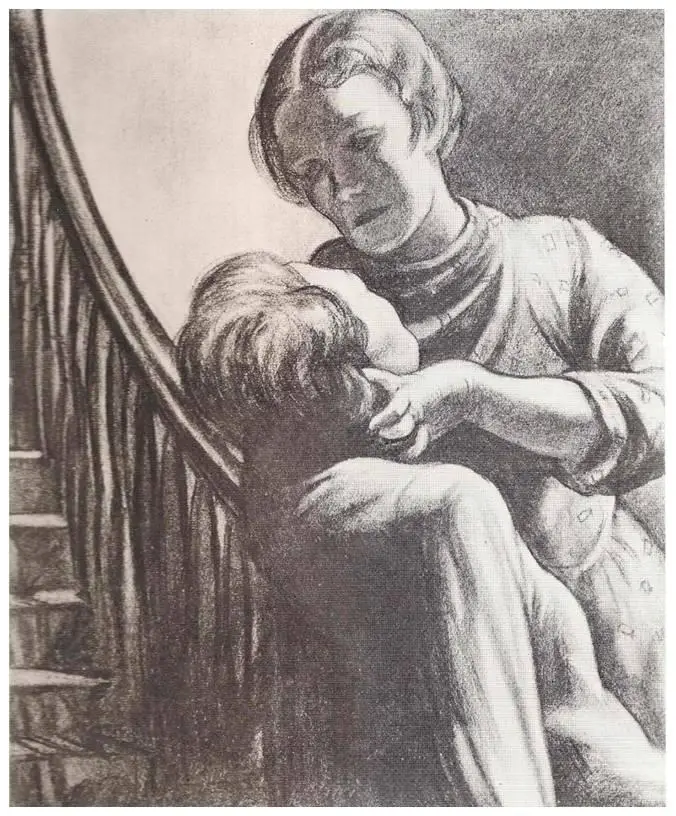
Observation: Feelings of jealousy, inferiority, and the cause of the aggressiveness along with the hostile relationships with other women is revealed from this card. Repression of hostility and denial is other useful information revealed from the card.
Picture 19: A surreal depiction of clouds and a home covered with snow.
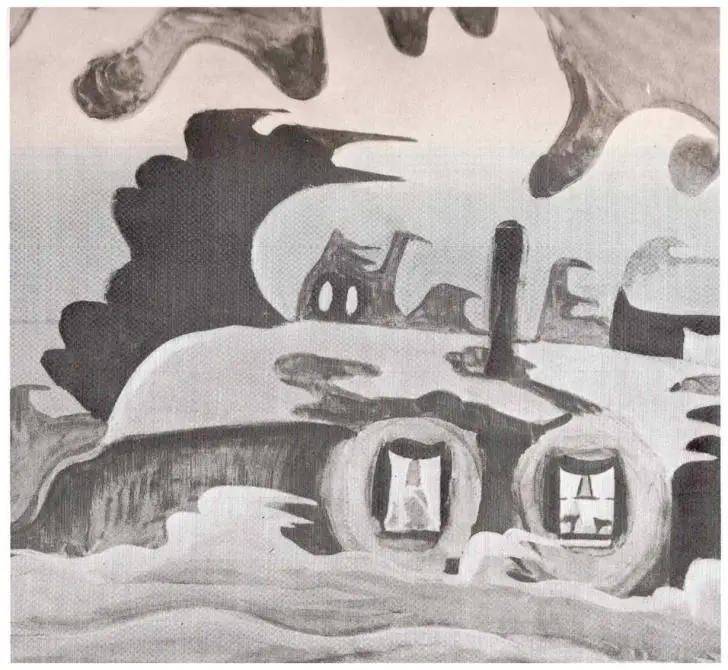
Observation: It is one of the unstructured cards, and thus helps to asses the individuals ability to integrate less accurate stimuli. Anxiety and insecurity can also be seen from the card.
Picture 20: The card shows a man leaning against a lamppost at night in a hazy atmosphere.
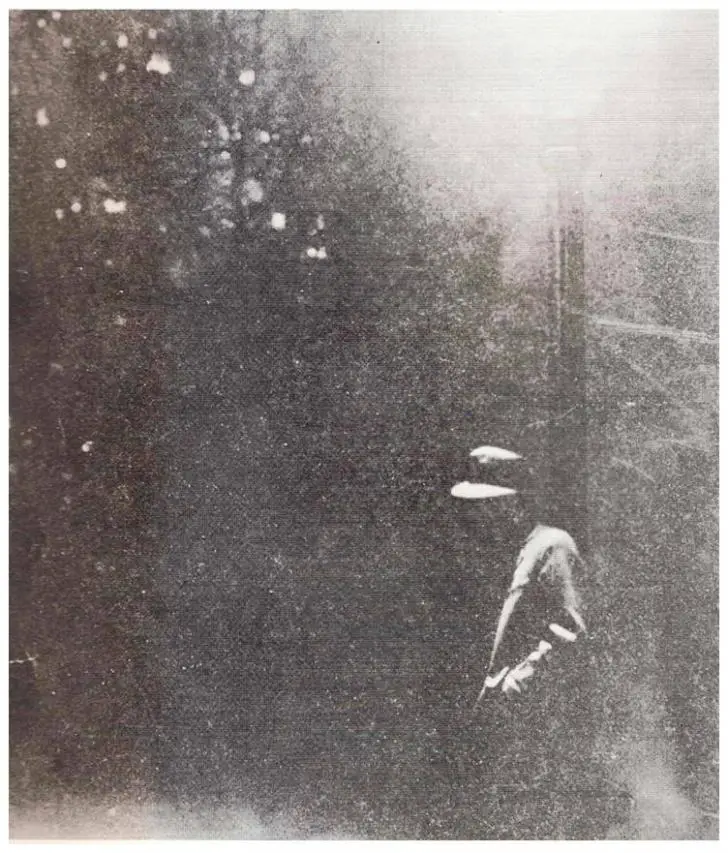
Observation: Subject’s attitudes and feelings toward loneliness, uncertainty and darkness is revealed. The way in which the subject handles fear can also be analyzed.

